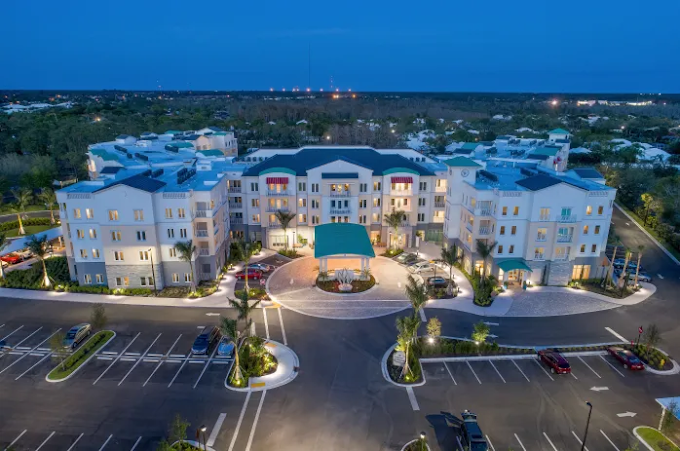When Is the Right Time to Move to Independent Living? A Guide for Seniors and Families
Deciding to transition to a new living situation is a major step for seniors and their families. Understanding the question, “What is independent living for seniors?” can help clarify when it might be the right time to make this important move. Independent living communities are designed for seniors who want to maintain their freedom and lifestyle while enjoying the benefits of a supportive, maintenance-free environment.
Simply put, independent living for seniors refers to communities or residences tailored to older adults who are able to live on their own but prefer a lifestyle that offers convenience, social opportunities, and assistance with day-to-day tasks like home maintenance and housekeeping. Unlike assisted living or nursing care, independent living focuses on enhancing quality of life through amenities such as meal services, fitness programs, transportation, and social events.
When to Move to Independent Living: Key Indicators
One of the most common questions families ask is when to move to independent living. There’s no one-size-fits-all answer, but there are several signs that may indicate it’s time to consider the transition:
- Difficulty keeping up with home repairs, cleaning, or yard work
- Feeling socially isolated or lonely due to limited opportunities for connection
- Concerns about safety and security when living alone
- Desire for access to amenities that promote an active and engaged lifestyle
- Changes in health that don’t yet require assisted care but suggest more support would improve daily life
Recognizing these signs early allows seniors to take advantage of independent living benefits before challenges become overwhelming.
The Best Age to Move into Independent Living
While each individual’s situation is unique, research shows that the best age to move into independent living often falls in the late 70s to early 80s. This timing aligns with a natural desire for increased social engagement, simplified living, and proactive health management. Moving at the right time enables seniors to fully enjoy community amenities, foster friendships, and maintain independence longer.
One of the greatest advantages of independent living is that it supports seniors living independently in a safe, social, and vibrant setting. Residents enjoy the freedom to come and go as they please while benefiting from a built-in network of peers and staff, which promotes both emotional well-being and physical health.
Planning Ahead: When to Move to Senior Living
Families often wonder when to move to senior living to avoid making decisions in a crisis. Early planning is key. Moving proactively can reduce stress and allow seniors to carefully select a community that fits their lifestyle and preferences. It also allows them to settle in and establish a fulfilling routine.
How Independent Living Differs from Assisted Living
Understanding the difference between independent living and assisted living can help families make informed choices. While independent living is perfect for those who need minimal or no assistance with daily activities, assisted living communities provide more comprehensive support, including help with medication, bathing, or mobility. According to recent studies, the average age for assisted living admission is typically mid to late 80s, when higher levels of care are required.
Why Choose All Seasons Senior Living?
At All Seasons Senior Living, we specialize in making the transition to independent living smooth and rewarding. Our community offers a vibrant environment where seniors can enjoy maintenance-free living, delicious dining, diverse activities, and a strong social network, all while retaining their independence and dignity.
If you or a loved one is wondering when to move to independent living, consider the many advantages of joining a community that supports your lifestyle today and your wellness tomorrow.





